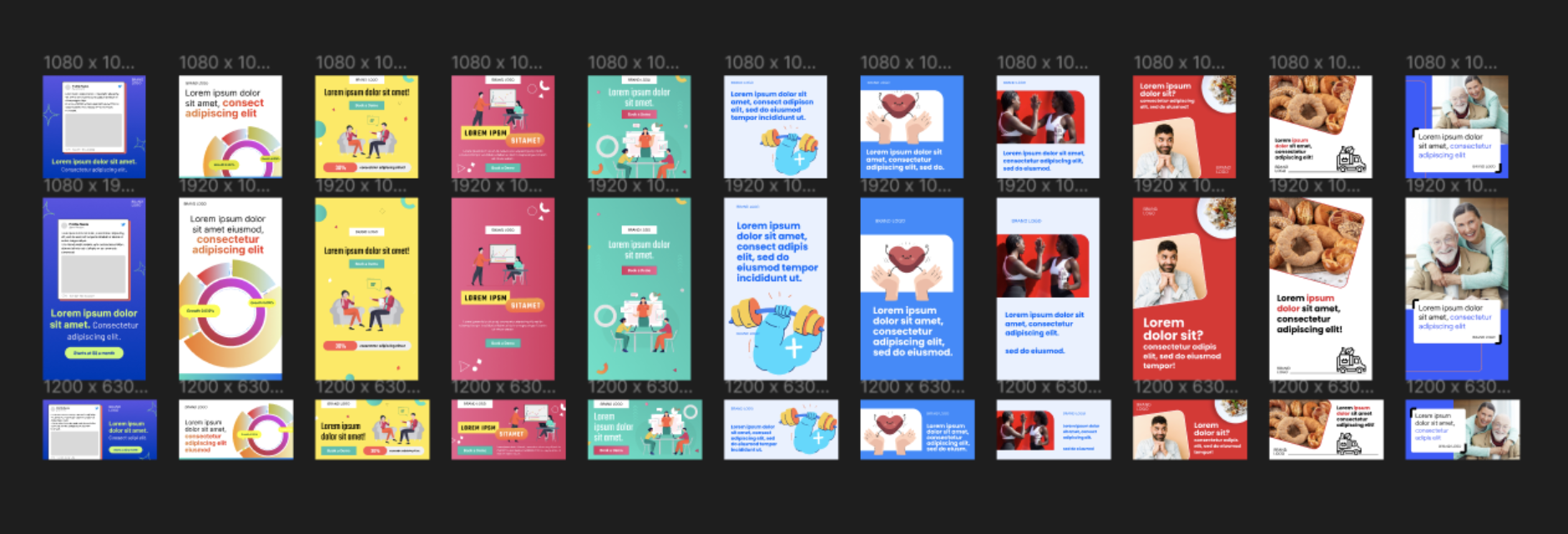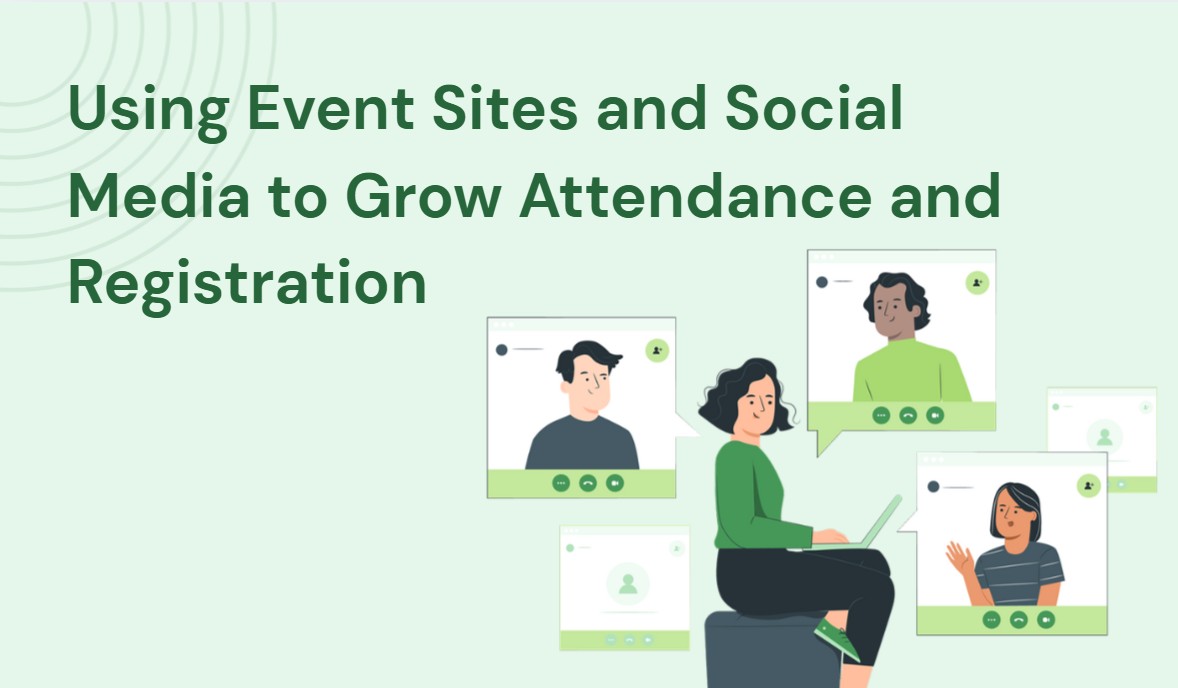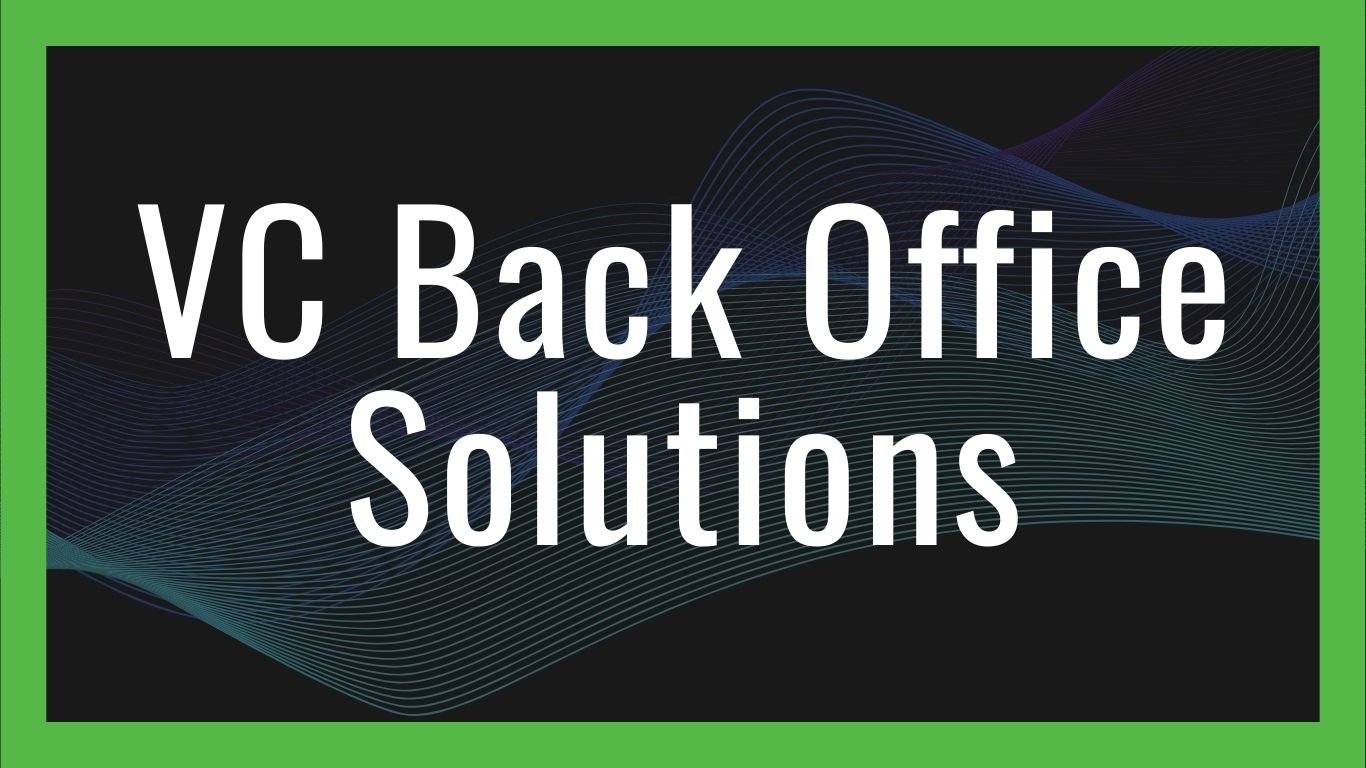
As an early-stage founder, you’re presumably dealing with a new product or an entirely unknown market. Alternatively, you might find yourself stuck in a loop where growth is not occurring. Cheer up because this is the perfect time to build a robust go-to-market strategy!
In order to attain predictable growth, you will have to experiment first. Luckily, social media advertising is a way to experiment and measure fast. Trevor Longino, the founder of CrowdTamers, has successfully launched over 50 companies and generated more than $20MM in revenue for his clients' businesses. He favors using ads for validating startup ideas and driving growth because of the rapid and tangible results this method brings. According to Trevor, there are three things you’re looking to test with your first go-to-market experiment: your audience, messaging, and the offer.
Trevor shared with us his invaluable learnings about the most critical tests every founder should run during their first go-to-market experiment. This post is a compilation of his advice you can refer to.
If you want to learn more from Trevor Longino, join his Go-To-Market Bootcamp.
‘’As a founder, remember that the core of your first experiment is to validate your idea rather than generate revenue. The goal is to find which messaging, and audience performs the best and responds to the offer amongst the different ad sets.’’
Trevor Longino
Get Access to a Free Guide on Building an Effective Marketing Funnel
-
Audience: You can have multiple audiences to test with different sizes, demographics, and other specific characteristics such as interests or preferences.
-
‘’Facebook ad targeting has the power to be laser-like in its focus, but that’s when your goal is to convert on a landing page. When audience building on Facebook, you have to make sure that your audience reflects the campaign goals you’re trying to achieve.’’
-
‘’Your segments should be pretty narrow. When you’re targeting on Facebook for new idea testing, you generally want an audience between 100,000 – 5 million people. Any smaller, and you’ll find you can’t do much experimentation before your audience gets brand fatigue seeing your ads. Any larger and you’re probably not targeting a narrow enough market to learn a lot about preferences from the ads.’’
-
‘’Don’t give up after your first experiment. Or second. Or even third. Even as the experts, it takes us about 4-6 tries to hit gold because it wasn’t the first obvious answer. Allow yourself to get it wrong so you can get it right.’’
-
Messaging: Your messaging, or the way you express why users should want your product, is a combination of copy and visuals. It can be charged with various appeals.
-
‘’Don’t talk about this fantastic product you’ve built because, honestly, no one cares. Your audience cares about what you or your product can do for them. Focus instead on how their lives can be better after using your product. That’s your benefit statement.’’
-
‘’The logical appeal speaks to how the product or service saves money and time or how it changes how you live/work/interact. This usually looks like ‘See how XYZ can save you $$$‘ or ‘Quit wasting valuable hours. Try XYZ‘.’’
-
‘’The emotional appeal – Here, we address the messaging from the negative and positive emotions. Based on your research, this is where you speak to the pain point of your target audience. It’ll look like this: ‘Frustrated at your low conversion rates? Boost it with XYZ’.’’
-
‘’Seeing that this is your first experiment, you may have limited testimonials or social proof. You can get quotes from famous people that validate your idea, get a friend to say something on social media that you can use, or tell a story your audience can connect to. Never fear.’’
-
Offer: This is the idea validation part. Despite leaving it for the end, it has to be your number one priority.
-
‘’You kick off with just a landing page. That’s all you need to start. If you’ve got some friends or acquaintances who are in your target market, you can share your new landing page with them & get immediate feedback. It won’t tell you as much as hundreds or thousands of anonymous visitors to that page, but it gives you a high-quality early signal.’’
-
‘’One of the things you will need to learn is where in their buying journey you are best able to attract your audience. Can you find them right before they buy? Or do you need to educate them that there’s even a product that can solve a problem that they’re confronting’’
-
‘’You don’t need a finished product. You don’t need a whole team behind you. You need an idea, a few hours of work, and a few hundred dollars of capital. If you start to see traction, build on it. Make it a side hustle. Grow it.’’

If you liked this content, join our specialized 2-day intensive online training on Go-to-Market Strategy, hosted by Trevor Longino. The Go-to-Market Bootcamp consists of live workshops, assignments, and networking opportunities with your cohort.
Reserve your spot in next cohort here: https://fi.co/bootcamp/go-to-market
Follow us on our social media channels:



